
Huawei’s P series smartphones are the epitome of success in the smartphone photography game. Especially in the flagship series, in continuation of their outstanding partnership with Leica the popular P series smartphones are now three under the P40 series.
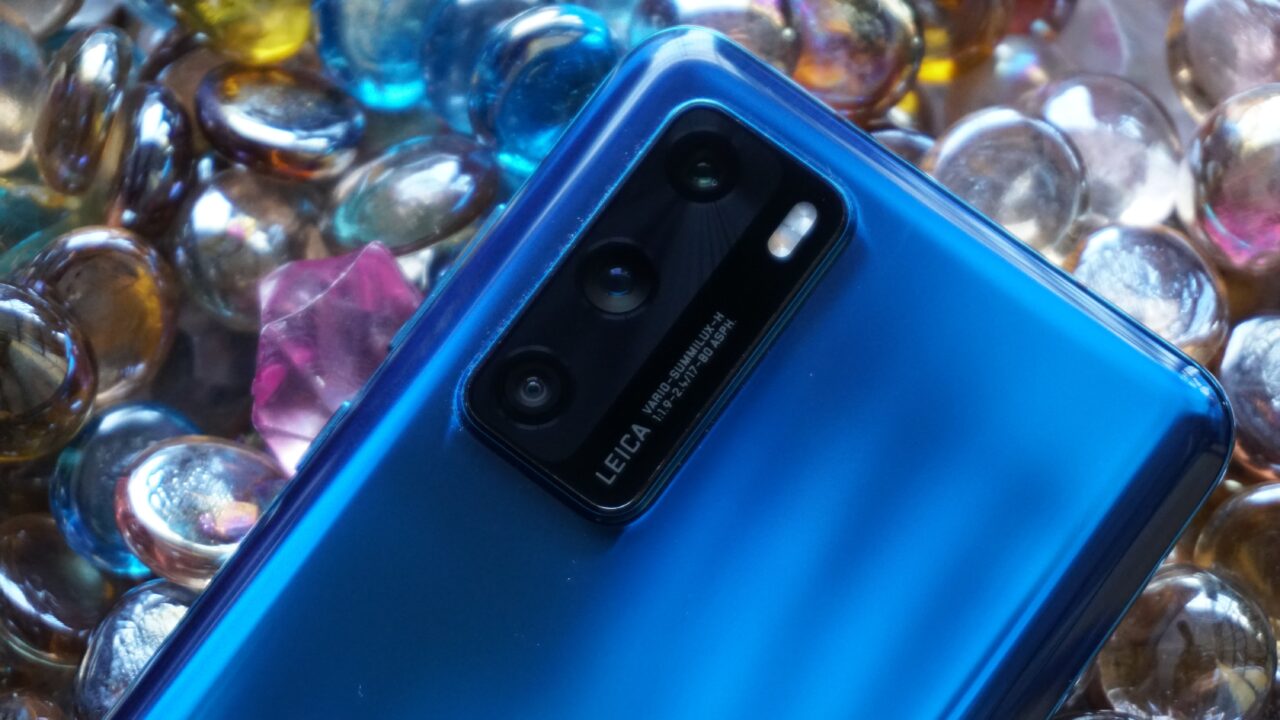
P40, P40 Pro, and P40 Pro+ are the latest arsenal of Huawei to let them win over the market. This time we will take focus on the Huawei P40, the most affordable smartphone at P36,990 out of the batch.
The unit we got is the Deep Sea Blue color, it has a more simplistic approach of the gradient approach. Inspired of deep colors of Gold, Sea Blue, and Gray Frost are sophisticated yet simple dark approach. No more flaring color gradients that change color hue or spectrum, Huawei learned to be the first to do the gradient and they are indeed evolving what the market wants.
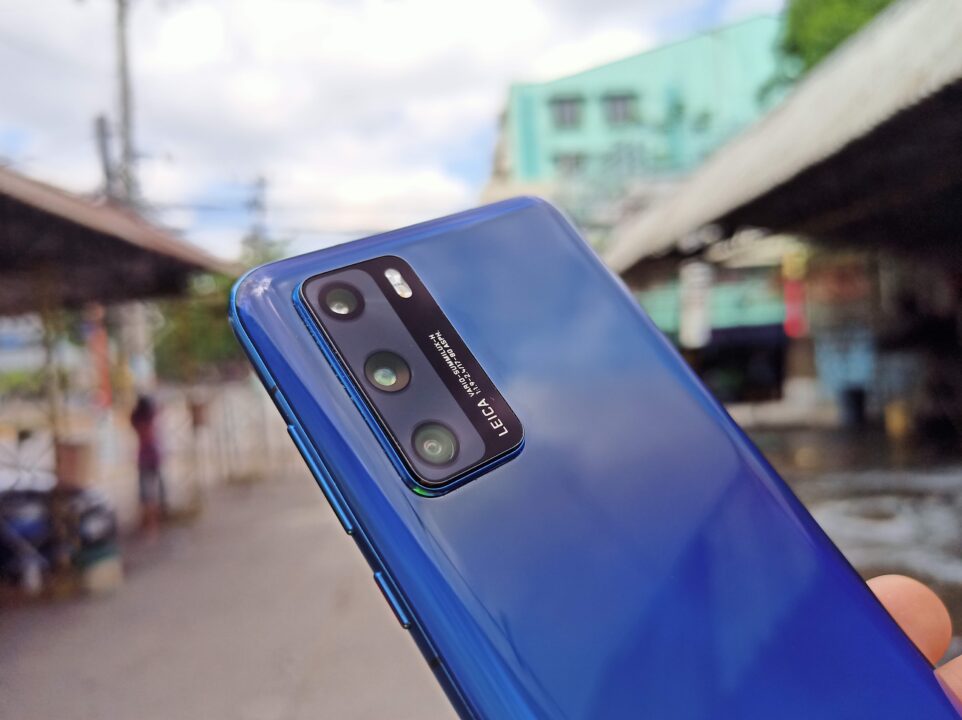
The back is a curved Corning Gorilla Glass, with the front display flat with a corner or plastic edges that are curved to fit a great grip of the device. Despite being only 6.1″ in size with an FHD AMOLED Display, the P40 feels compact and premium, very ideal size for those who don’t need chunky 6.5″ smartphones in the market today.
Of course, the camera bump at the back is noticeably larger than the previous generation, which causes the usual wobbling when placed flat into a table.
The volume and power button is located at the right, making it slightly advantageous to right-handed customers as you can simply access the buttons with your thumb.
At the bottom are the Nano Sim Card / NV card slot, Speakers, and the Type-C. While at the top is only a microphone for the noise-canceling feature.

The 6.1″ AMOLED display is surprisingly good, the less estate size compressed the FHD resolution making the display bouncier and even more to appreciate.
Design-wise the P40 is really a big jump from the P30 series, and we’re glad that Huawei was able to keep the internals as much as possible the same with the P40 Pro such as the camera, majority of the features except the better camera of the P40 Pro due to the periscope camera.
The P40 is a beast in performance, given the Kirin 990 processor reaching 470k in the AnTuTu Benchmark. Overall we didn’t encounter any problems in multi-tasking and even in games.

One application that made the P40 dropped frames is the Archero game with too many elements and artifacts happening in high-level games. But games such as the typical PUBG, Mobile Legends can all handle ultra-high settings. Simply put, the Kirin 990 is an efficient processor with more than enough processing power even for intense applications.
The Kirin 990 processor is also a 5G-ready processor that we welcomed. Though 5G is not yet fully rolled out in the Philippines, we were able to pick up a signal along a major highway in Metro Manila but the results were too premature.

Ultimately, connectivity and performance-wise the P40 is a smartphone that can simply last more than 2 years. This is a welcoming sight for a smartphone not even reaching the flagship-level price point.
At the back is a triple camera setup with Huawei’s own technology in partnership with Leica, yes it might sound weird that Huawei opted to a triple camera setup when everyone else is already using quadruple, but we understand why.

16MP Ultra-wide Camera – Not only ultra-wide but also 2.5cm distance for macro shots, which is ideal with Huawei’s AI system that can detect what distance are you taking photos of.
8MP Telephoto Lens – It’s capable of 3x Optical Zoom, x5 Hybrid Zoom, and 30x Digital Zoom for more moment taking.
Huawei’s AI system is still so far the best artificial intelligence we’ve encountered with so much detection modes from cars, people portrait, buildings, sky, food, pets, stage performance, night mode , or even the macro mode is very appreciative. Sometimes it just annoying in taking photos of people then suddenly the Master AI system will activate the portrait mode whereas the background should be part of the story.
Huawei surprisingly also introduced their new AI Golden Snap feature which removes reflections from glass and even annoying obstructive people in your background. While this feature is great, given the current ECQ we weren’t able to use this feature.

At the front is a dual system camera composing a 32MP camera and IR infrared sensor, the IR sensor is to detect and distinguish subjects from the background. It’s also beneficial in the dark as it can detect the face even with very minimal lighting.
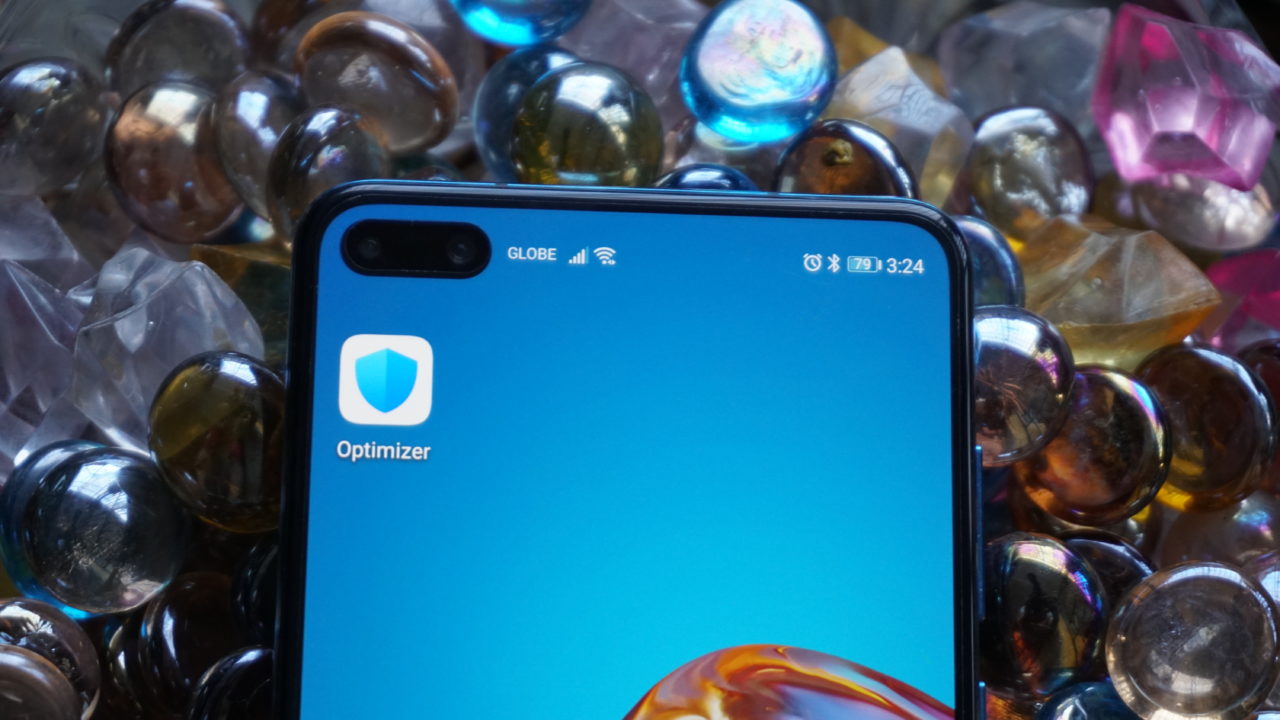
Despite the smaller size, the P40 has a decent 3,800 mAh battery, which in our tests is enough for a full day of LTE and decent usage. Including Huawei’s 22.5W SuperCharge technology can make you full in around an hour.
Huawei’s mode for the battery is at balance mode automatically, but you can change preference using the settings such as the Performance Mode, Power Saving Mode, or the Ultra Saving Mode for those much needed life-saver moments.

Based on our experience, the Huawei P40 is best in just balance. It’s enough for 1 day of use, typically 7am to 10pm before needing a charger. But if you’re in performance mode, you’ll be needing an extra charge in between to make sure you’re up the whole day.

The main competitor of Huawei is actually the screen, being spoiled by the smaller but crispier display made us ramp up the brightness even when not necessary. As a result, the screen occupied most consuming on the battery while on the software are our social media applications such as FaceBook, Twitter, and TikTok.
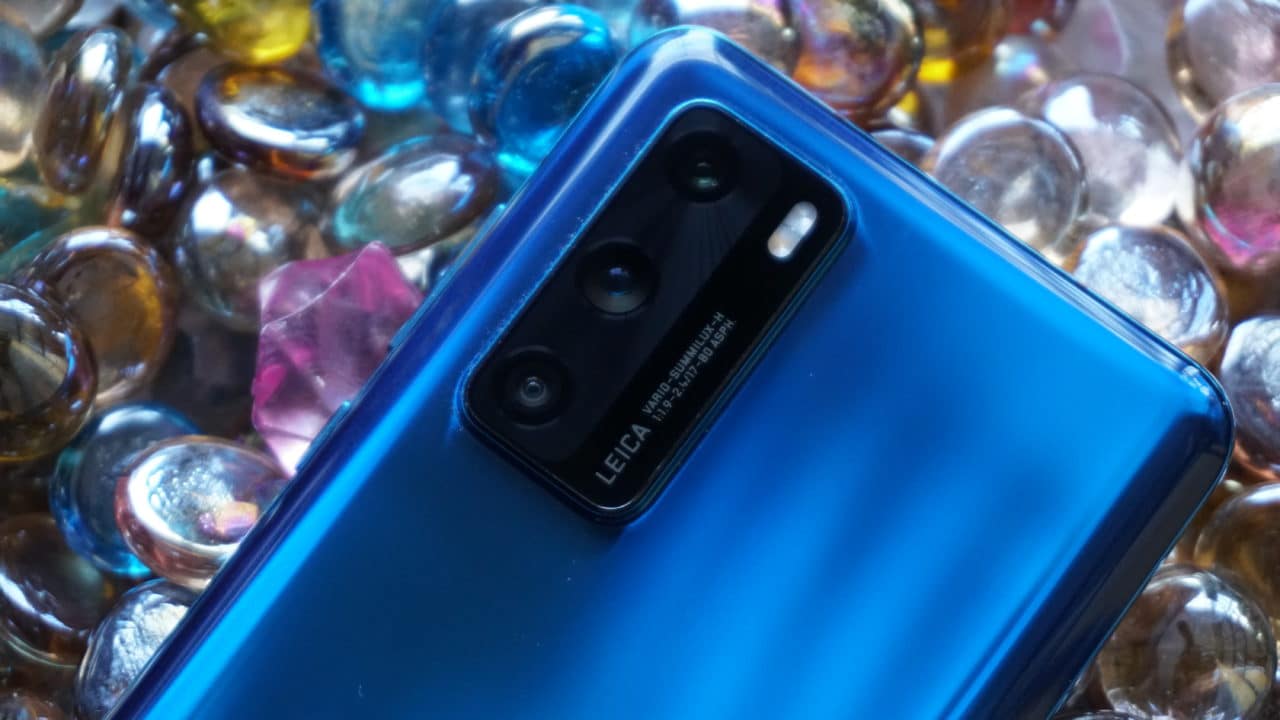
Huawei’s own app gallery is now powering the device famous apps such as GCash, Paymaya, OLX, Viber, Globe Apps, GMA news, and even government apps such as SSS as now available. The growing list of the Huawei AppGallery apps is a welcome sight even though its fairly new.
Alternatively, you can also download the APK Pure to download other applications that are needed. Even updates can be done through this app, which we also didn’t find that bothersome.
Desktop Mode – Huawei’s Desktop Mode and also Type-C display out is a welcoming sight for a smartphone at this price range. Interestingly the new EMUI version now features the Desktop Mode for a more flexible window style app management similar to using a windows PC.
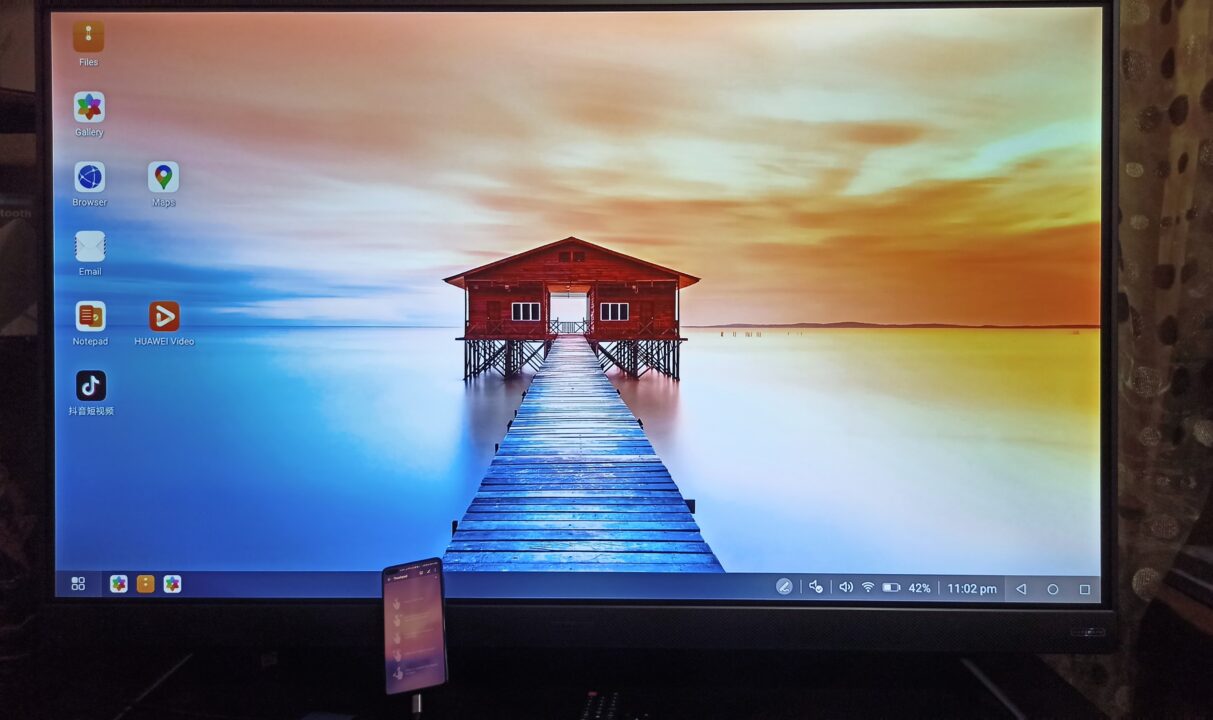
Plus the Huawei P40 is also part of Huawei’s ecosystem to interact such as the Huawei MatePad and MateBook for a Multi-Screen Collaboration. The Multi-Screen collaboration can be activated wirelessly, NFC, or scanning a QR code. The floating window gesture to mimic the phone and control via the master device is a great gesture to quickly transfer files and even interact with each other.
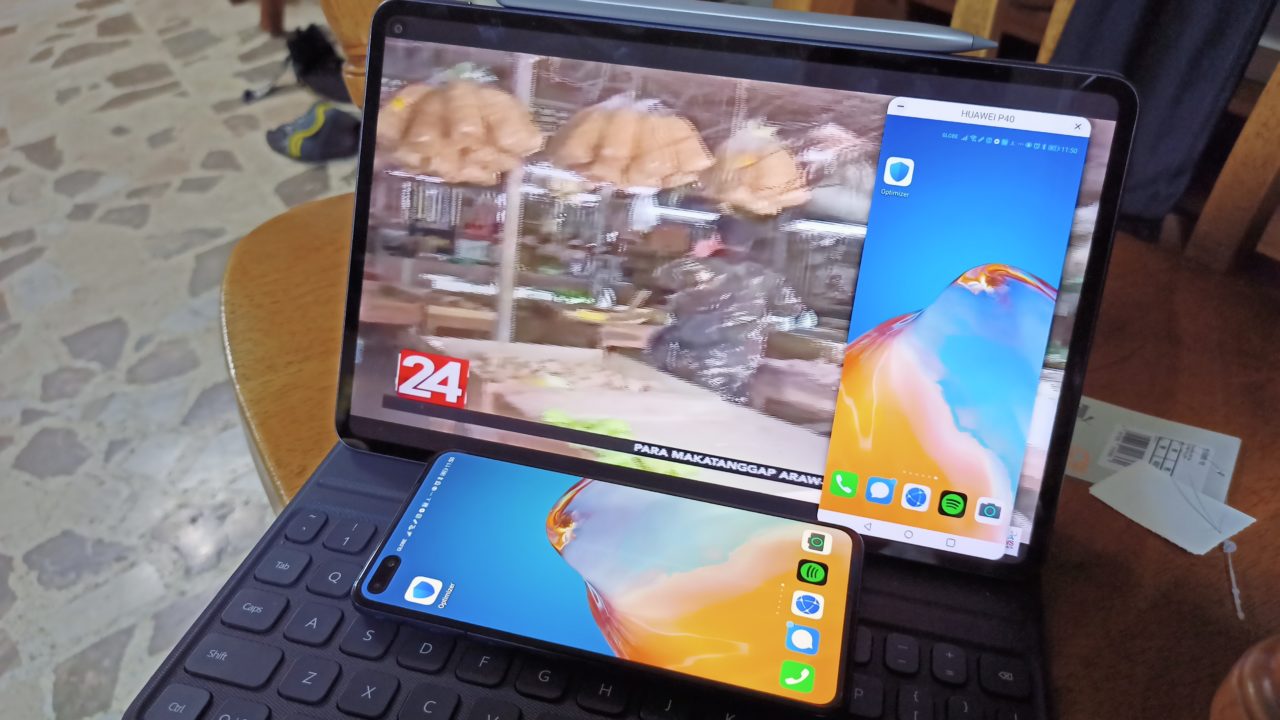
The Huawei P40’s price is indeed few in the range of Php36,990. But its actually a steal considering the performance of the camera, display, and processor. While storage, the battery is in their above-average performance. The only deciding factor that might be a deal-breaker will be the size of the 6.1″ screen, as it really depends on your preference if you want a bigger or more compact phone.

Considering the budget of less than 40,000, the Huawei P40 is already a top contender on your list. Plus the freebies are undeniably worth it where you can get freebies almost the same price of the smartphone itself.
The official Lazada store of Huawei is ridiculous in giving freebies such as the Gentle Monster AIoT Eyewear, Freebuds 3, Huawei Band 4, and lots of credits from partner apps from Huawei AppGallery. Freebies worth Php33,275 in total, versus the Php36,990 price its really a steal.

This article is composed and written using the Huawei MatePad Pro, you can also check out this new product in our review.
